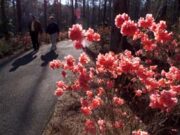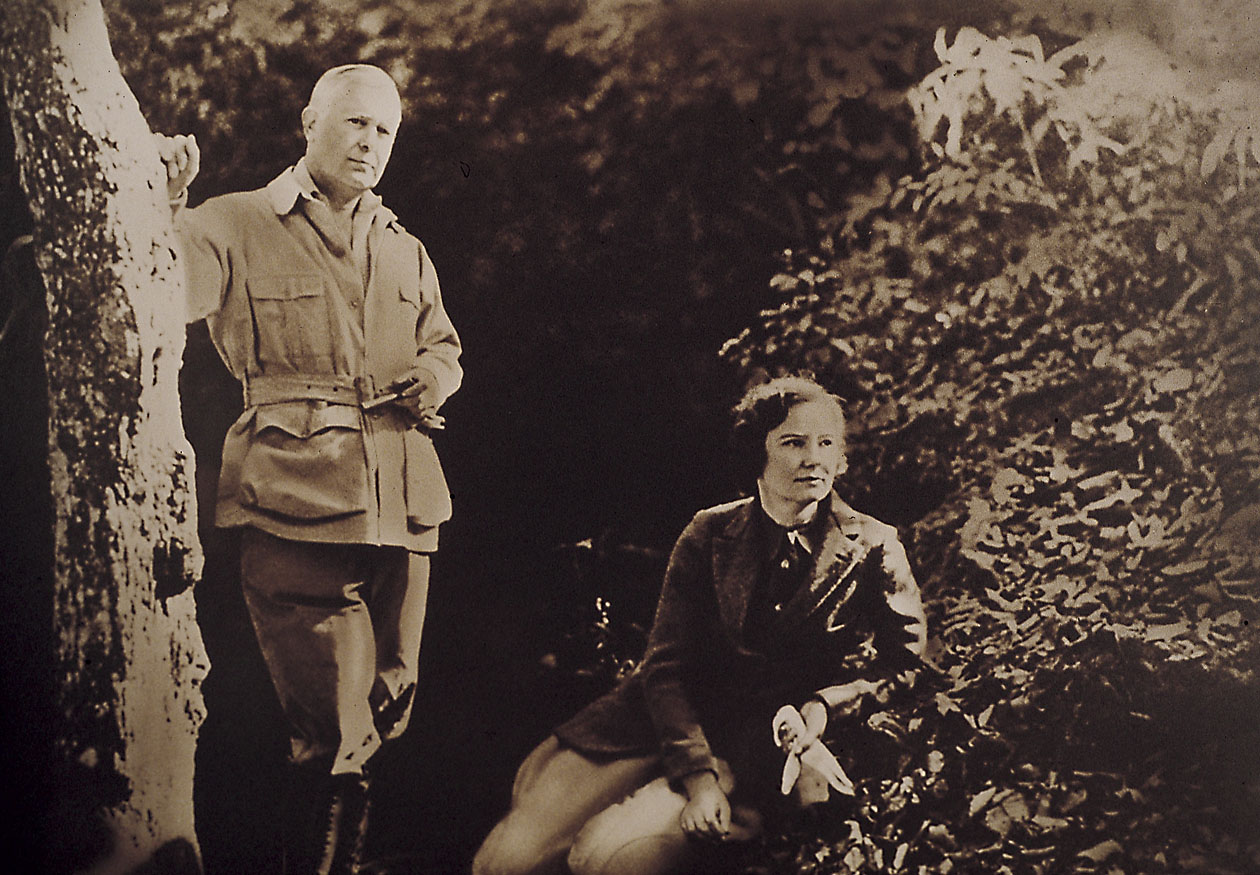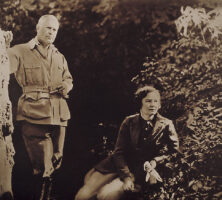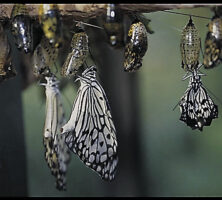Callaway Gardens in Pine Mountain, site of the world’s largest azalea garden, encompasses more than 14,000 acres and, in addition to the gardens, offers golfing, boating, cycling, and other leisure activities. In the 1950s Cason and Virginia Hand Callaway transformed land left barren from decades of cotton farming into a place of beauty and relaxation. Since it opened to the public, Callaway Gardens, located about seventy miles southwest of Atlanta, has attracted millions of visitors.
Origins
While picnicking near their home one day in the summer of 1930, Cason Callaway, a textile manufacturer, and his wife, Virginia, a knowledgeable horticulturist, came upon a bright, orange-red azalea. Virginia Callaway soon identified the flower as a plumleaf azalea (Rhododendron prunifolium), which is native to a 100-mile area in west Georgia’s Harris County. Taken with the beauty and local flora of the place, the Callaways purchased 2,500 acres for a weekend retreat. After retiring from his textile business in 1938, Cason Callaway considered making the lands useful again. His initial idea was to create a place where friends from the business world could build retirement homes. He also envisioned a golf course, so that they would not have to travel all the way to LaGrange or Columbus to enjoy the game.
Callaway cleared fields, moved rocks, and built dams along the creeks to create lakes, and he constructed a nine-hole golf course. Within a few years, the basic patterns of lakes, woodlands, flower trails, and golf courses were laid out. Virginia Callaway worked with the landscape architects Gilmore Clark and John Leon Hoffman to plant more than 20,000 new trees and shrubs, including many native flowering varieties.
In May 1952 the couple opened the Ida Cason Gardens, named for Cason Callaway’s mother, Ida Cason Callaway. In the 1960s the facility became known as Callaway Gardens. The gardens included a driving trail through wooded areas, a golf course, picnic grounds, a restaurant, and canoes and boats for fishing. The following year the Callaways brought in thousands of tons of white sand to create Robin Lake Beach, one of the largest man-made sand beaches in the world. During the next decade, they added a seven-and-a-half-acre fruit and vegetable garden, known as Mr. Cason’s Vegetable Garden. It became the site of the southern filming of The Victory Garden on PBS, a long-running production of WGBH in Boston.
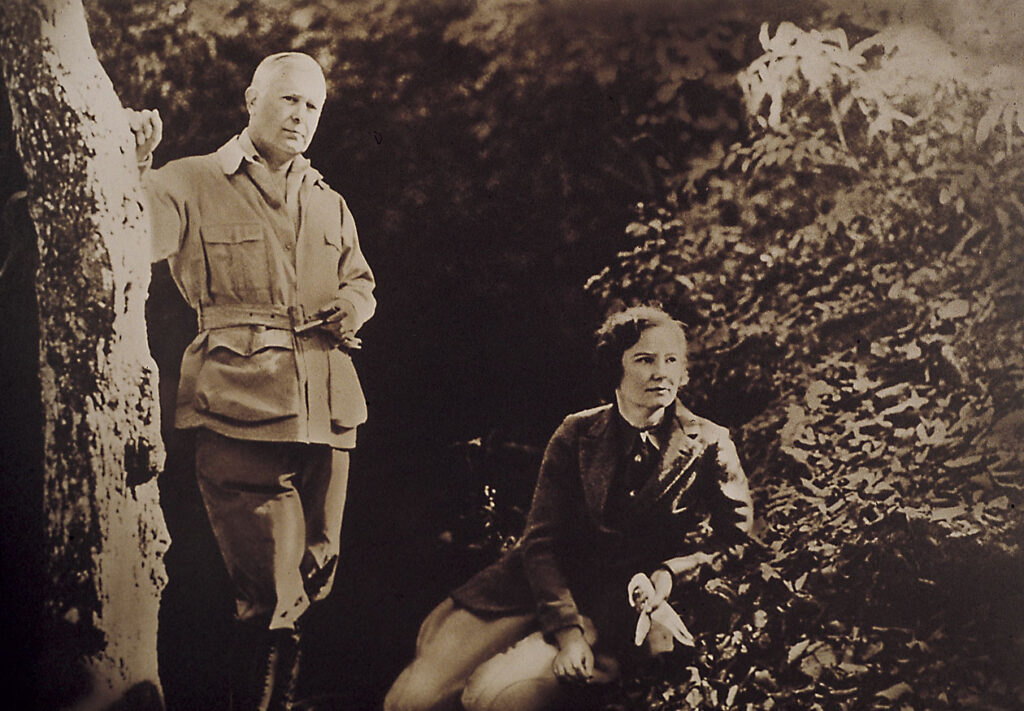
Courtesy of Callaway Gardens
Before his death in 1961, Callaway approved designs for a chapel. Built of fieldstone and arched timbers hewn from surrounding fields, the chapel is located beside a natural waterfall at the head of a small lake. The well-known minister and inspirational speaker Norman Vincent Peale dedicated the chapel, which remains a place for quiet reflection, weddings, and organ concerts.
After his father’s death, Howard
Legacy
Callaway Gardens offers a hotel, cabins for rent, a conference facility, and other attractions, including the John A. Sibley Horticultural Center, the Virginia Hand Callaway Discovery Center, and the Cecil B. Day Butterfly Center. Since 1958 the facility has hosted the Masters Water Ski and Wakeboard Tournament as well as the Florida State University Circus, which performs each summer under the great tent. From 1991 to 2002 a PGA Golf Championship called the gardens home. More recently, the Fantasy in Lights display, with more than 8 million lights illuminating the driving trail, trees, and lakes, occurs annually during the Christmas season.
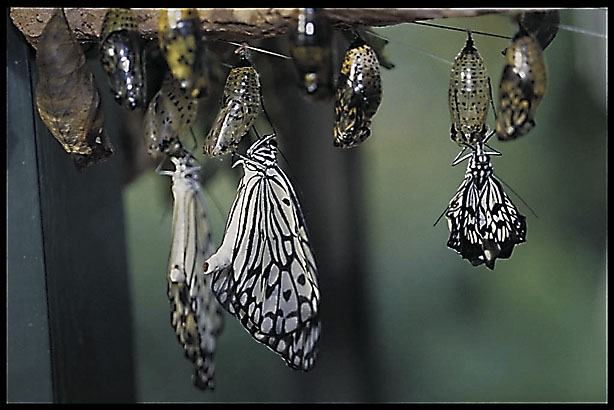
Courtesy of Callaway Gardens
The management of Callaway Gardens has gradually been moving the site away from its automobile focus; instead, trolleys are available for touring the gardens, and extensive hiking and biking trails connect the attractions.
Cason Callaway once told a visitor to the gardens, “What I’m trying to do here is hang the picture a little higher on the wall for the people of this region. Every child ought to see something beautiful before he’s six years old—something he will remember all his life. And there hasn’t been too much beauty in this part of the country in the past.”


